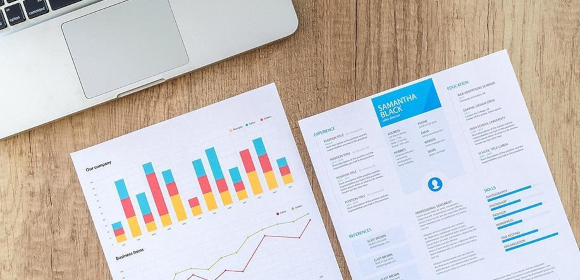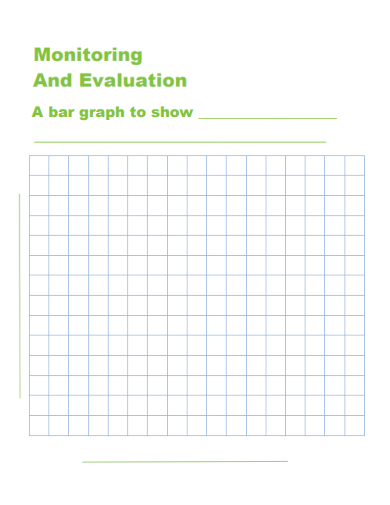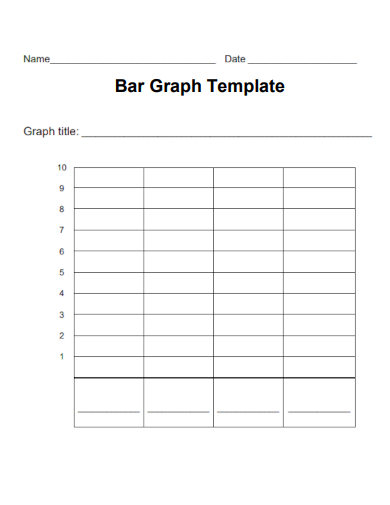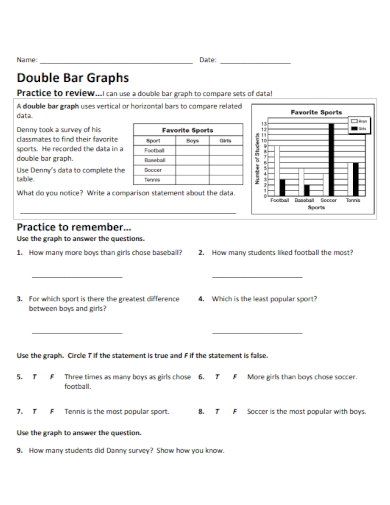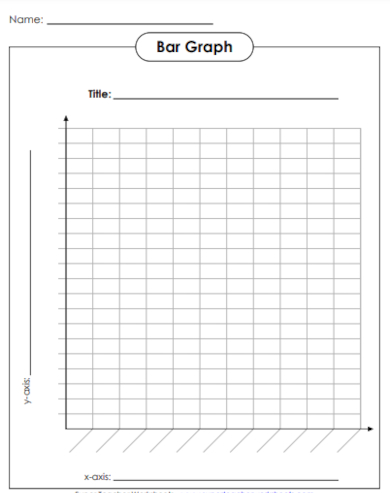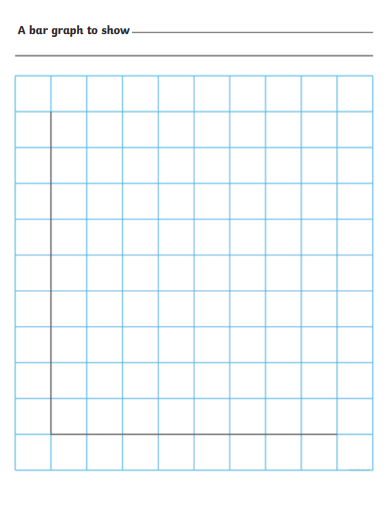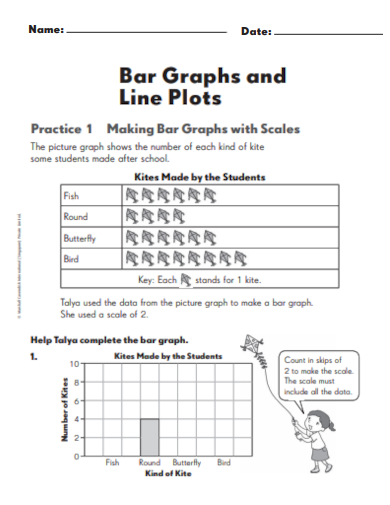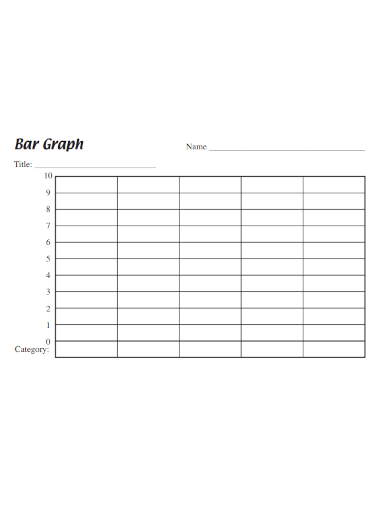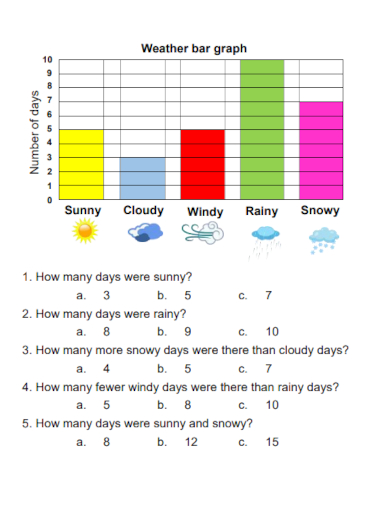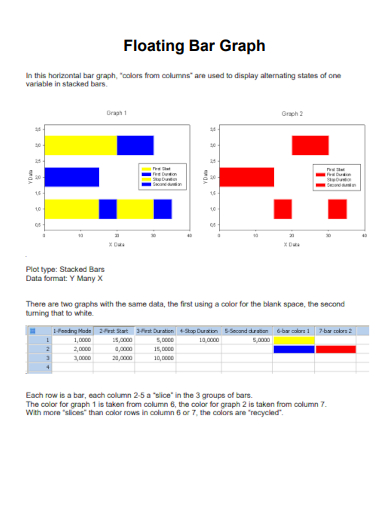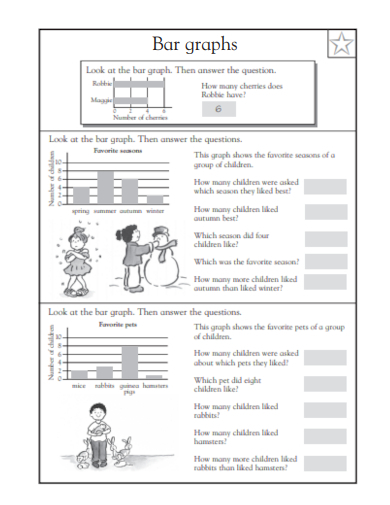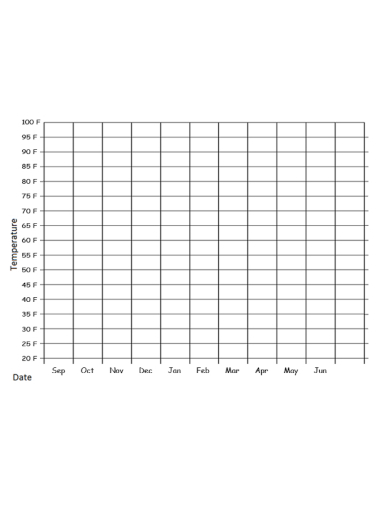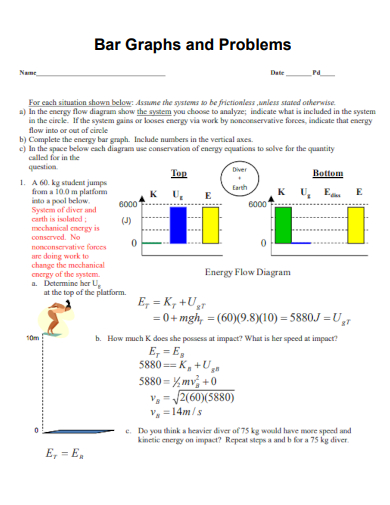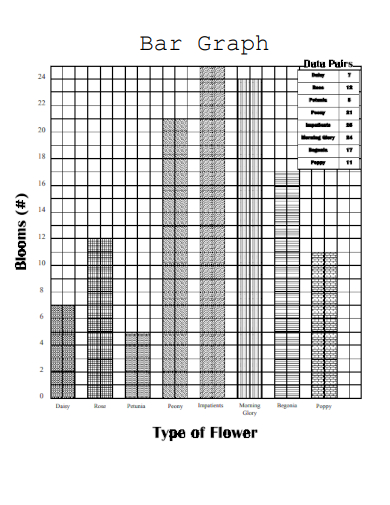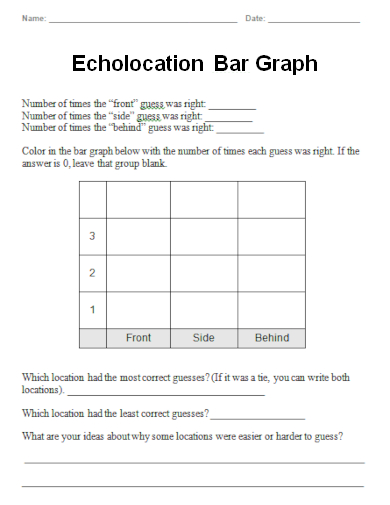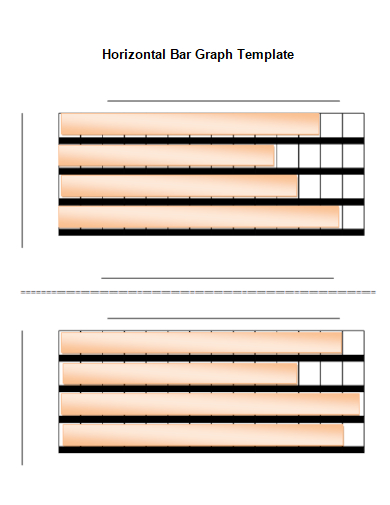Bar graphs, also known as bar charts, are a fundamental and widely-used visual representation of data that provides a clear and organized way to convey information. With their straightforward structure and ability to highlight comparisons, bar graphs have become an essential tool in various fields, from science and economics to education and marketing samples. Bar graphs offer a clear and concise way to represent complex data sets. Businesses deal with an abundance of data, ranging from sales figures and market trend analysis to customer feedback sample and operational metrics. By transforming these numerical values into visually appealing bars, bar graphs make it easier for stakeholders to quickly grasp the state of affairs.
FREE 20+ Bar Graph Samples
1. Sample Bar Graph Worksheet Template
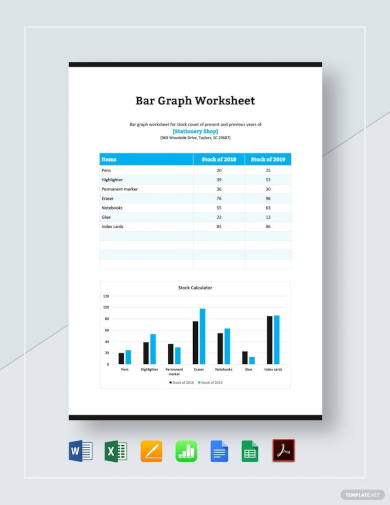
2. Sample Blank Bar Graph Template
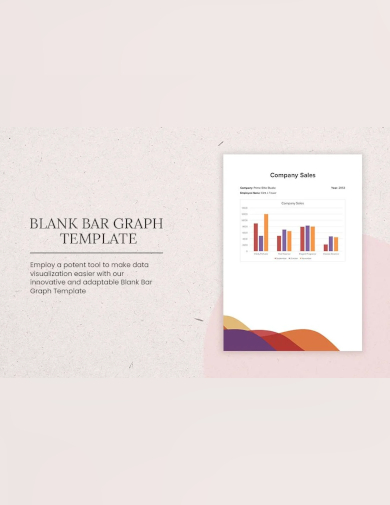
3. Sample Bar Graph Chart Template
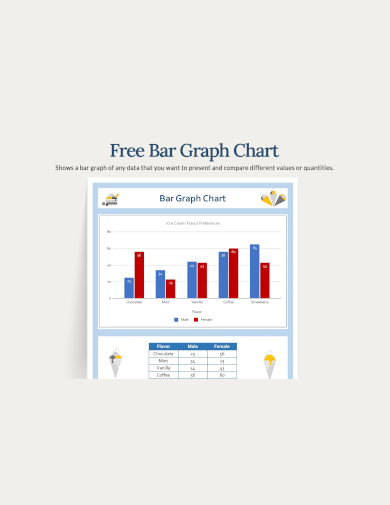
4. Sample Generic Bar Graph Template Template
5. Sample Monitoring And Evaluation Bar Graph Template
6. Sample Bar Graph Standard Template
7. Sample Double Bar Graphs Template
8. Sample Bar Graph Formal Template
9. Sample Bar Graph Show Template
10. Sample Bar Graphs and Line Plots Template
11. Sample Bar Graph Basic Template
12. Sample Weather Bar Graph Template
13. Sample Floating Bar Graph Template
14. Sample Bar Graph Printable Template
15. Sample Temperature Bar Graph Template
16. Sample Bar Graphs and Problems Template
17. Sample Blooms Bar Graph Template
18. Sample Echolocation Bar Graph Template
19. Sample Bar Graphs with Benchmark Line Template
20. Sample Horizontal Bar Graph Template
21. Sample Tracking Sales with Bar Graphs Template
What is Bar Graph?
A bar graph, also known as a bar chart, is a graphical representation of data using rectangular bars or columns. Each bar corresponds to a specific category or group, and the length or height of the bar is proportional to the value it represents. Bar graphs are commonly used to display and compare the values of different categories, making it easy to visually identify trend analysis, patterns, and variations within the data.
How To Make Bar Graph?
Bar graphs are a fundamental tool in data visualization and are widely used across various fields to present categorical data in a clear and easily understandable format. Creating a bar graph is a straightforward process that involves a few simple steps. Here’s a step-by-step guide to making a basic bar graph:
Step 1- Gather Your Data
Collect the data that you want to represent in your bar graph. Ensure that you have clear categories and corresponding values for each category. You can create a bar graph using various software tools, such as Microsoft Excel, Google Sheets, online graphing tools, or even by hand on graph paper. For this example, let’s use Microsoft Excel:
Step 2- Customize Your Bar Graph
Click on various elements of the graph to customize it. You can right-click on bars, axes, and other chart elements to format and adjust their properties. Add a title to your graph that accurately describes the data being presented. Label the x and y axes with appropriate names and units.
Step 3- Interpret and Share
Once your bar graph is ready, interpret the information it presents. Look for patterns, trends, and comparisons between different categories. If necessary, include a legend or additional annotations to clarify the information for your audience.
Step 4- Save and Share
Save your graph in your preferred format (e.g., Excel file, image file, PDF) for future reference form. If you’re sharing the graph digitally or in a presentation, export it as an image or PDF and insert it into your document.
What is the purpose of a bar graph?
The primary purpose of a bar graph is to visually display and compare data values across different categories. It helps in identifying trends, patterns, and variations in the data.
What types of data are suitable for a bar graph?
Bar graphs are suitable for categorical data, where you have distinct groups or categories. For example, you can use bar graphs to represent sales report data for different production samples, survey results by age groups, or market project share among competitors.
How do I choose between a vertical and a horizontal bar graph?
The choice between a vertical and a horizontal bar graph depends on the data and the presentation style. Vertical bar graphs (bars going up from the x-axis) are often used when the category labels are long or when you have more categories to display. Horizontal bar graphs (bars going from the y-axis) are useful when the category labels are short or when you want to emphasize the length of the bars.
In the realm of data visualization, bar graphs stand as an indispensable tool for conveying information with clarity and precision. Their ability to simplify complex data into easily interpretable visual representations has made them a staple in various fields. By harnessing the power of bar graphs, individuals can make informed decisions, unearth meaningful patterns, and communicate their findings effectively to a diverse audience.
Related Posts
Sample Meeting Minutes Templates
Presentation Speech Samples & Templates
Ukulele Chord Chart Samples & Templates
Retirement Speech Samples & Templates
Weekly Schedule Samples & Templates
Contractual Agreement Samples & Templates
FREE 9+ Amazing Sample Church Bulletin Templates in PSD | PDF
Sample Business Card Templates
Sample Cashier Job Descriptions
Questionnaire Samples
FREE 10+ Sample HR Resource Templates in PDF
FREE 10+ HR Consulting Business Plan Samples in MS Word | Google Docs | Pages | PDF
FREE 49+ Sample Job Descriptions in PDF | MS Word
FREE 13+ Academic Calendar Templates in Google Docs | MS Word | Pages | PDF
FREE 10+ How to Create an Executive Summary Samples in Google Docs | MS Word | Pages | PDF
